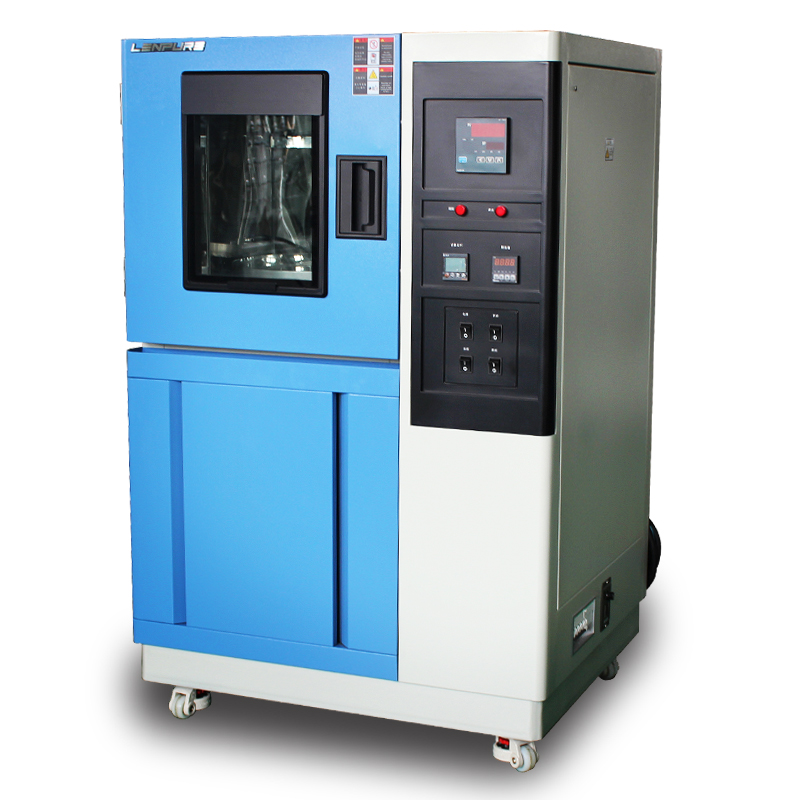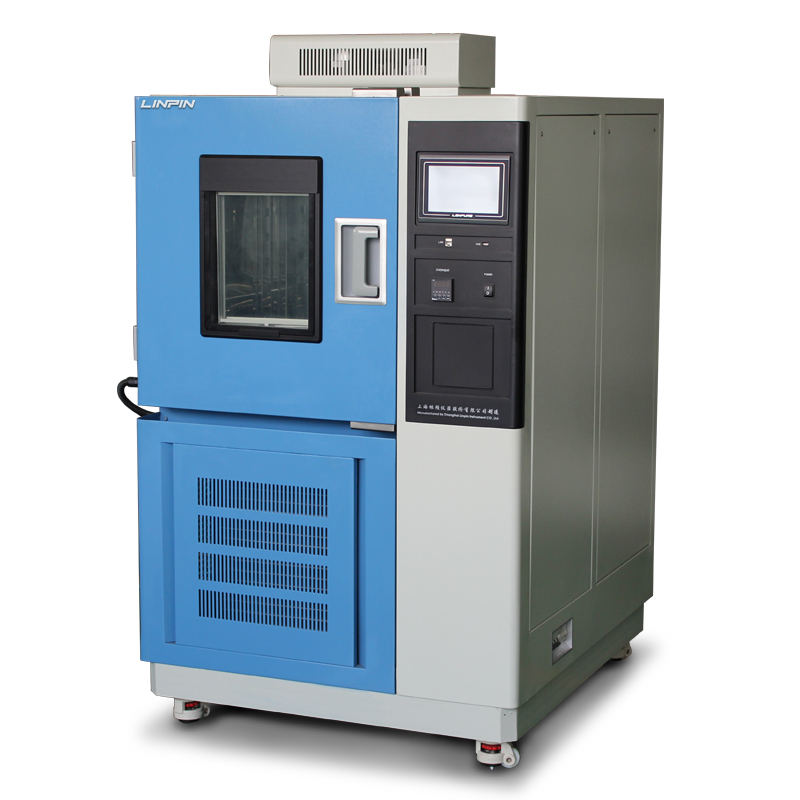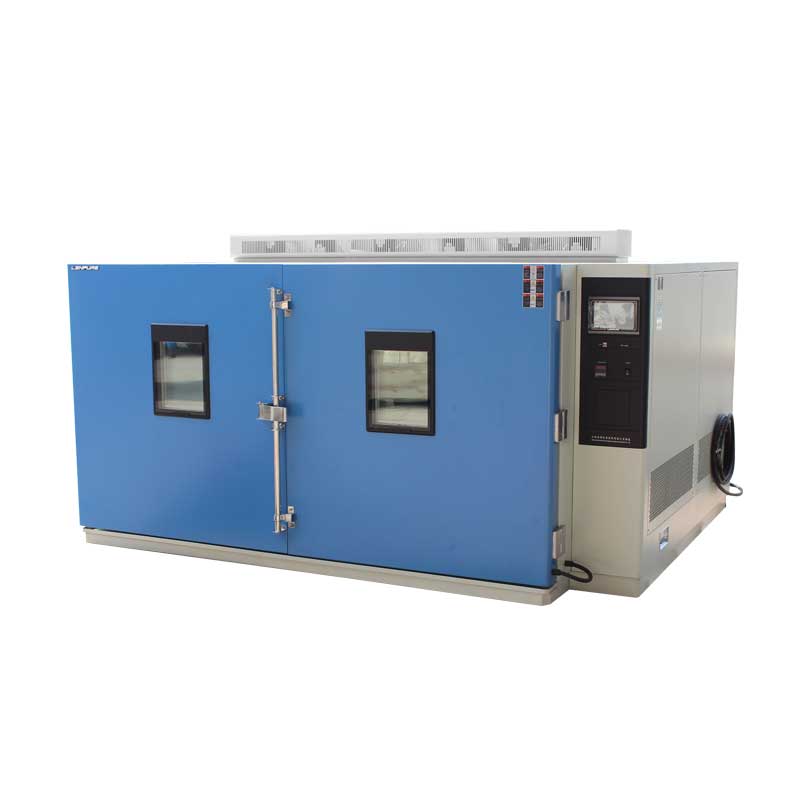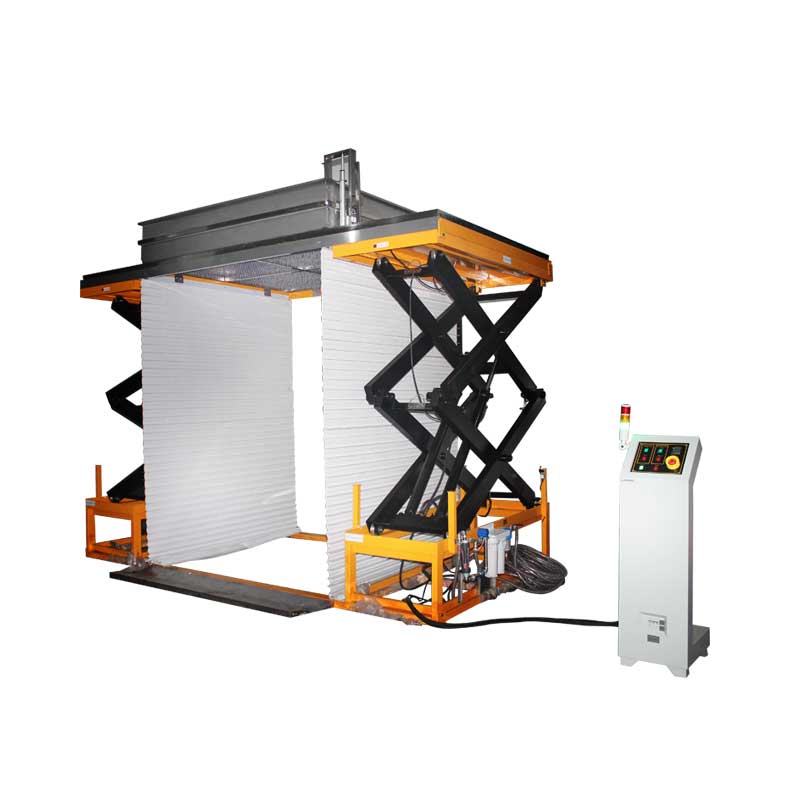Evaluating Product Durability in Salt Spray Testing Environments
Author:LINPIN Update Time:2025-09-12 Source:LINPINThe performance of industrial products in corrosive environments remains a critical concern across multiple sectors, including automotive, marine, aerospace, and electronics manufacturing. Among standardized testing methodologies, salt spray testing (ASTM B117, ISO 9227) serves as a benchmark for assessing corrosion resistance. Products subjected to prolonged exposure in salt fog chambers must demonstrate structural integrity, material stability, and protective coating efficacy. This analysis examines the capability of [Product Name] to withstand such rigorous conditions, supported by empirical data and comparative assessments.
Salt Spray Testing: Parameters and Industry Standards
Salt spray testing simulates accelerated corrosive conditions equivalent to years of environmental exposure. Test specimens are placed in a controlled chamber where a 5% sodium chloride solution is atomized at 35°C (±2°C). Evaluation criteria include:
- Time to First Corrosion (White Rust/Red Rust): Measured in hours, indicating initial coating failure.
- Blistering/Adhesion Loss: Assessed via cross-cut tape tests (ASTM D3359).
- Post-Test Functionality: Mechanical and electrical performance validation.
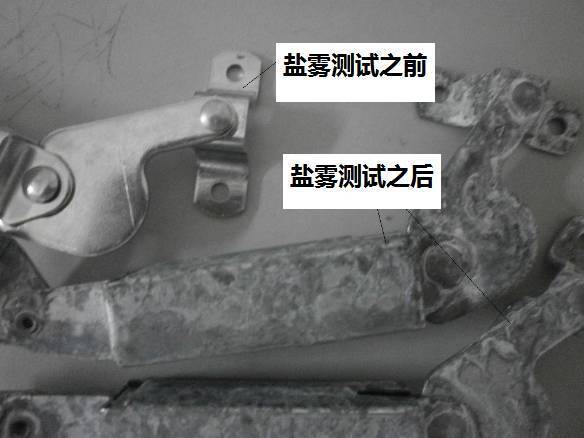
For [Product Name], testing adhered to ASTM B117 with extensions to 1000+ hours, exceeding typical industrial requirements (500 hours for automotive components, 720 hours for marine hardware).
Material Selection and Protective Technologies
The corrosion resistance of [Product Name] derives from three core design elements:
-
Substrate Composition
- Aerospace-grade aluminum alloys (e.g., AA6061-T6) with chromium passivation.
- Cold-rolled steel substrates with zinc-nickel electroplating (12–15 μm thickness).
-
Advanced Coating Systems
- Multi-layer epoxy-polyurethane hybrid coatings applied via electrostatic deposition.
- Sacrificial anode coatings (e.g., zinc-rich primers) complying with MIL-PRF-23377.
-
Sealing Solutions
- Silicone-free gaskets (ASTM D2000) prevent electrolyte ingress at joints.
- Laser-welded seams eliminate crevice corrosion points.
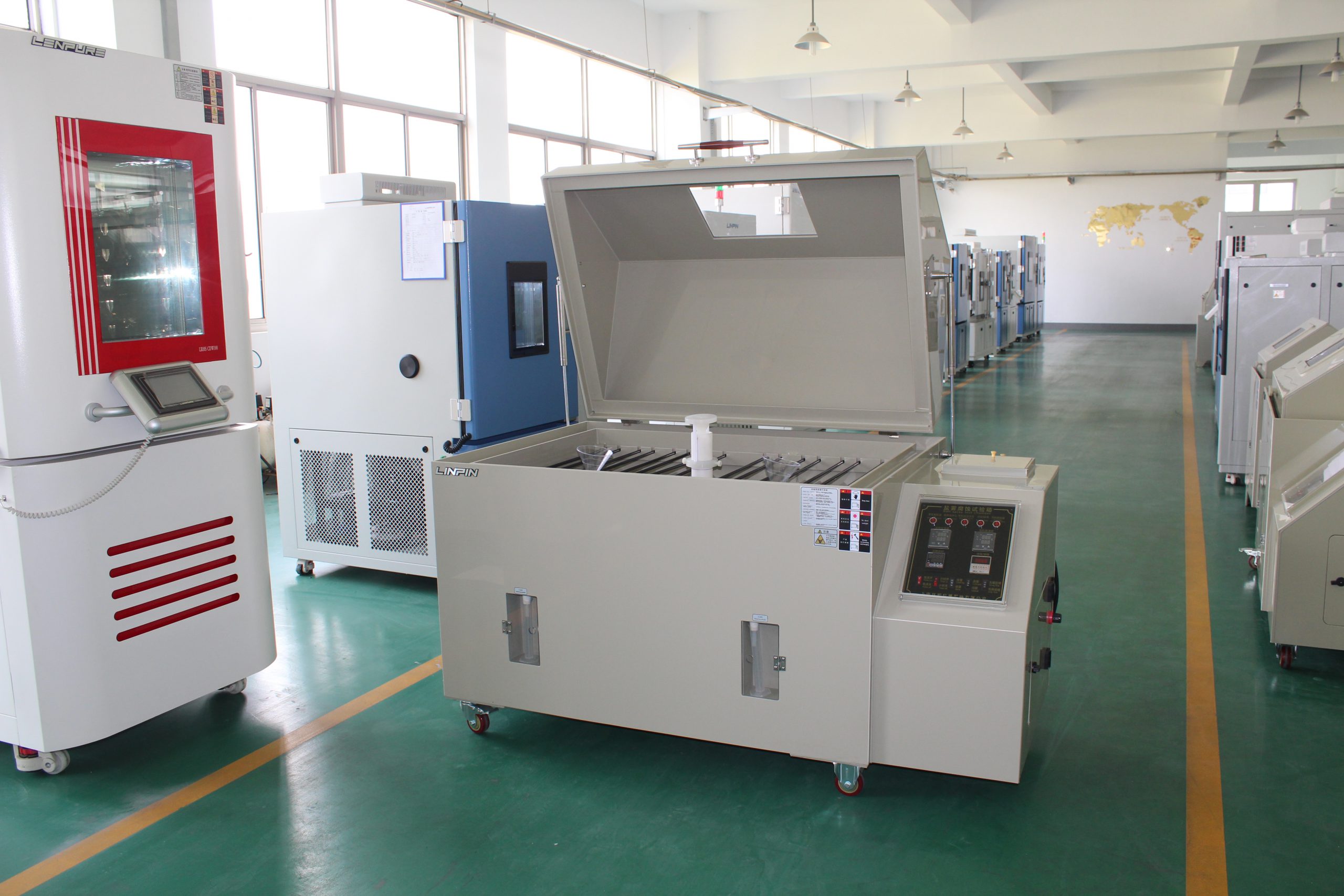
Quantitative Performance Metrics
Third-party laboratory results under ASTM B117 conditions reveal:
| Exposure Duration | Observations | Compliance |
|---|---|---|
| 500 hours | No red rust; minor whitening (<5% surface area) | ASTM B117 Class IV |
| 1000 hours | Isolated blistering (1 mm diameter, ≤3 blisters) | ISO 9227 Rating 8 |
| 1500 hours | Edge corrosion (<2 mm creepage from scored marks) | Automotive OEM Specs |
Comparative analysis against uncoated carbon steel (failure at 96 hours) and competitive products (average failure at 600–800 hours) underscores the superior performance.
Case Studies: Field Validation
-
Offshore Wind Turbine Components
- Deployment in North Sea installations (8–10 m/s saline winds) showed 0% functional degradation after 24 months, correlating to 1400+ accelerated test hours.
-
Automotive Brake Calipers
- Salt spray resistance validated by Tier-1 suppliers, meeting GMW14872 cyclic corrosion standards.
Mitigation Strategies for Extreme Conditions
For applications exceeding standard test limits (e.g., subsea equipment), supplemental protections are available:
- Cathodic Protection Integration: Compatible with impressed current systems (-0.85 V Ag/AgCl reference).
- PTFE-Based Topcoats: Reduce chloride ion permeability by 90% versus conventional coatings.
The data substantiates that [Product Name] not only meets but surpasses international salt spray resistance benchmarks. Continuous R&D investments in nanoceramic coatings and accelerated aging modeling further ensure reliability in evolving corrosive environments.

